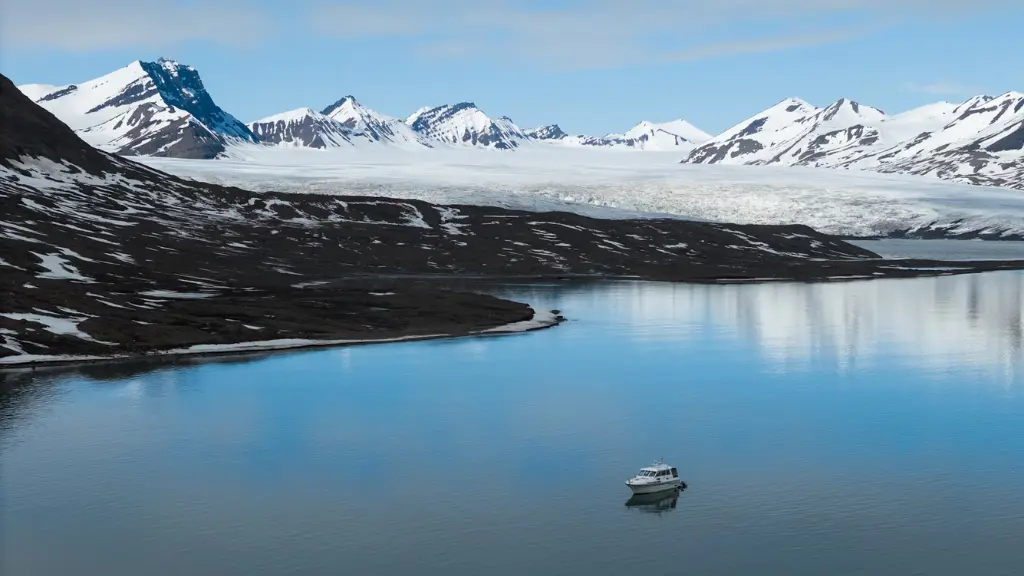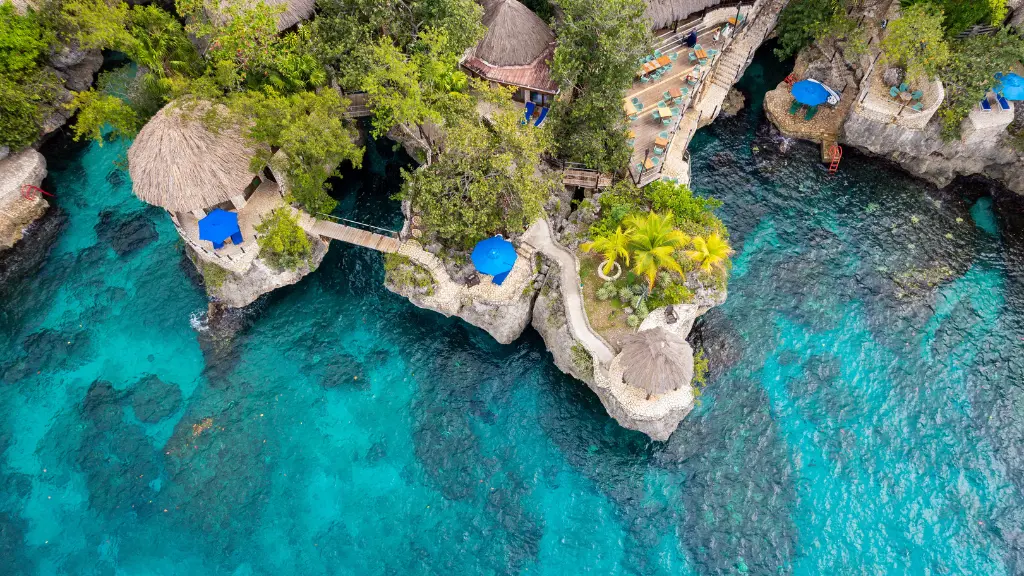Svalbard is one of the most unique and remote destinations in the world. Situated halfway between Norway and the North Pole, it offers an unforgettable Arctic experience. With rugged mountains, icy fjords, and an array of wildlife, it’s a must-visit for adventurous travelers.
But what makes this place truly special? A local’s guide will reveal how to make the most of your trip to this icy paradise.
You May Also Like: Can You Develop Food Allergies at Any Age?
Why Svalbard?
Svalbard is a Norwegian archipelago known for its harsh yet breathtaking landscapes. Despite its remoteness, it offers a rich cultural history, an abundance of wildlife, and a range of activities that make it a hidden gem for travelers seeking adventure and natural beauty.
The island’s population, although small (around 2,500 people), is a mix of locals and a handful of adventurous souls from all over the world. The unique location of Svalbard means that its lifestyle, traditions, and attractions are deeply connected to the Arctic environment.
Best Time to Visit Svalbard
The best time to visit Svalbard depends on what you want to experience. Here are the key seasons:
- Summer (June to August): During summer, the island experiences the Midnight Sun, where the sun never sets. This is the best time for wildlife viewing, including polar bears, seals, and birds. The weather is milder, and you can enjoy long days of exploration.
- Winter (November to February): Winter brings darkness to Svalbard, known as the Polar Night. This is the best time to see the Northern Lights, which are visible almost every clear night. If you’re into winter sports, this is also the season for dog sledding and snowmobiling.
- Shoulder Seasons (March to May, September to October): These transitional months offer quieter experiences. It’s also a good time for both winter and summer activities, as you can witness the changing seasons and enjoy both snow and some daylight.
How to Get Around Svalbard
Getting around Svalbard can be an adventure in itself. While there is no public transportation system, the island offers various options for getting around, depending on your preferences and the time of year.
- Longyearbyen: The main settlement on Svalbard, Longyearbyen, is a small, walkable town. Most travelers use it as their base for exploring the island. You can walk, cycle, or take a taxi within the town.
- Snowmobiles: In the winter, snowmobiles are one of the best ways to get around, especially when heading out into the wilderness. You can rent snowmobiles for day trips or guided tours, which are popular ways to explore the glaciers and mountains.
- Dogsledding: For a more traditional way to travel, try dog sledding. It’s an iconic Arctic activity and a great way to experience the natural beauty of Svalbard in winter.
- Boat Tours: During the summer months, boats are the best way to explore the surrounding fjords and nearby islands. You can take guided boat trips to see glaciers, wildlife, and the stunning coastal scenery.
Top Things to Do in Svalbard
From adventure activities to natural wonders, Svalbard has a lot to offer. Here’s a list of must-do activities:
1. See the Northern Lights
Svalbard is one of the best places in the world to witness the Northern Lights. Between late September and early April, the island’s remote location provides minimal light pollution, making it the perfect spot for Aurora hunting. There are several tours that take you into the wilderness, where the dark skies and stunning landscapes make for the best Northern Lights experience.
2. Wildlife Watching
Svalbard is home to incredible Arctic wildlife. Polar bears are the star attraction, and while sightings are never guaranteed, they are a common sight on boat tours and Arctic expeditions. You can also spot reindeer, arctic foxes, and various bird species, including puffins and seabirds.
- Boat Tours: Take a boat cruise through the archipelago’s fjords to spot wildlife in their natural habitat. This is the best way to see walruses, seals, and the stunning glaciers up close.
3. Hiking and Glacier Tours
Svalbard’s landscapes are perfect for hiking, whether you’re looking for an easy walk or a more challenging trek. The rugged mountains, glaciers, and valleys offer beautiful views, especially in the summer when the weather is more forgiving.
- Glacier Hiking: Explore Svalbard’s glaciers on foot. There are guided tours that take you through glacial ice caves, offering an unforgettable experience in the Arctic.
4. Visit the Svalbard Global Seed Vault
One of the world’s most important environmental projects is located in Svalbard. The Svalbard Global Seed Vault is a facility that stores seeds from around the world to preserve global biodiversity. It’s an incredible place to learn about the importance of protecting plant life and sustainability. While the seed vault itself isn’t open to tourists, you can visit the facility’s surroundings and learn more from local guides.
5. Polar Night Adventures
During the Polar Night, the sun doesn’t rise above the horizon for several months, creating an eerie and magical atmosphere. You can experience this natural phenomenon with activities like dog sledding, snowmobiling, or enjoying cozy Arctic cafes and bars.
Where to Eat and Stay in Svalbard
Although Svalbard is a small and remote island, there are still some excellent places to eat and stay.
Eating in Longyearbyen
Longyearbyen offers a variety of restaurants, cafes, and bars that cater to different tastes:
- Huset: Known for its fine dining and extensive wine list, Huset offers Arctic delicacies like reindeer and king crab.
- Svalbar: A popular bar and eatery where you can enjoy local dishes with a view of the mountains.
- Kroa: A cozy, traditional pub-style restaurant, great for local dishes and a relaxed atmosphere.
Where to Stay
There are a variety of accommodation options in Longyearbyen, from boutique hotels to guesthouses:
- Radisson Blu Polar Hotel: The world’s northernmost full-service hotel, perfect for those who want comfort with a touch of luxury.
- Svalbard Hotel: A more budget-friendly option offering warm and welcoming rooms.
- Guesthouses and Airbnb: If you prefer a homier vibe, there are also guesthouses and Airbnb options available for longer stays.
Svalbard Travel Tips
- Pack for the weather: The weather in Svalbard is unpredictable, so pack layers and prepare for extreme cold, especially in the winter months. Even in the summer, temperatures can drop.
- Stay safe around wildlife: Polar bears are a real danger, and it’s important to be cautious and follow local guidelines when venturing outside of town.
- Bring cash: While many places accept cards, it’s good to carry cash for smaller transactions.
Conclusion
Svalbard is a magical destination for those seeking an Arctic adventure. Whether you’re drawn to its wildlife, stunning landscapes, or unique cultural experiences, there’s something here for everyone. As a local’s guide, it’s clear that this remote archipelago is much more than just an icy destination. It’s a place of incredible beauty, history, and opportunity for adventure. Embrace the Arctic lifestyle and discover all that Svalbard has to offer.










